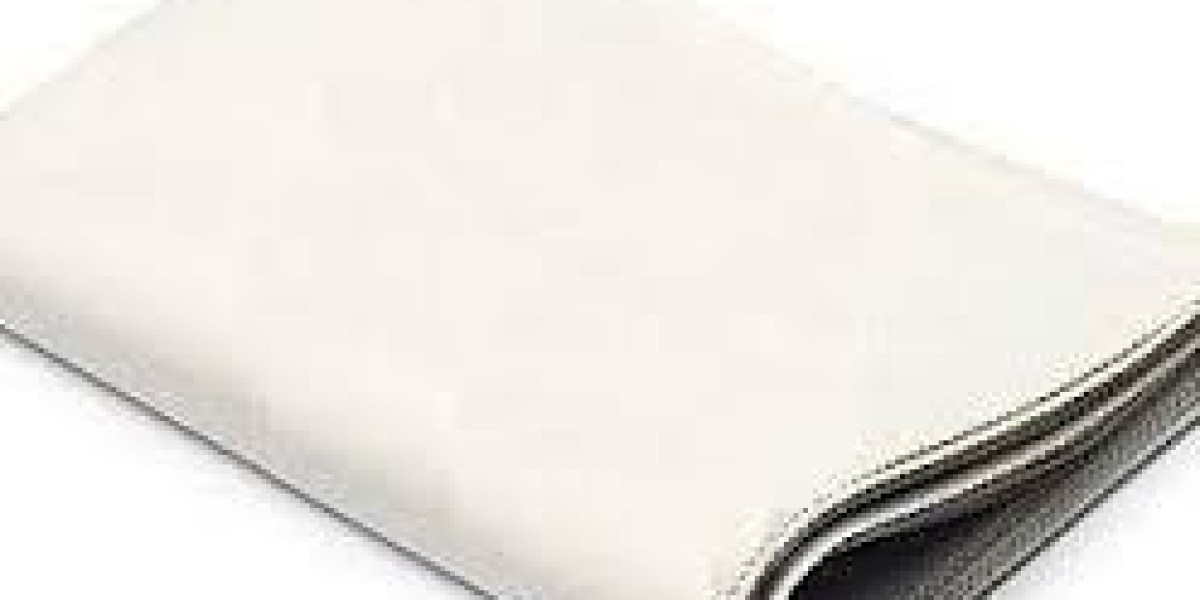Xiu 2015 published data only
Feeding tubes can be placed surgically when a patient is already undergoing another surgical process and the need for a feeding tube is anticipated. Benefits of long-term over short-term tubes include a lower danger of aspiration, as the gastroesophageal sphincter just isn't held open by a tube; decreased danger of tube displacement; no nasal or sinus discomfort; and lowered risk of stress accidents on the nares [1,23,26]. Dual lumen tubes placed endoscopically or surgically may be used for long-term feeding in persistent GI motility problems similar to gastroparesis [1]. In non-critically sick hospitalized patients, EN may be bolused if the feeding tube is placed gastrically and the affected person has demonstrated a tolerance for steady feeding. Some hospitalized sufferers could also be began on bolus feeding if aspiration danger is low and there aren't any medical circumstances corresponding to gastric dysmotility that may trigger concern for GI tolerance [1].

 How will I be transitioned from parenteral nutrition to enteral or oral feeding?
How will I be transitioned from parenteral nutrition to enteral or oral feeding? We judged these studies, and Heidegger 2013, to have high threat of performance bias. For dichotomous outcomes, for instance, mortality fee, we calculated the RR utilizing summary data presented in every trial. If occasions had been extraordinarily uncommon (one per 1000), Meitei.Io we might have used the Peto odds ratio (Higgins 2011). In the occasion of discovering proof of reasonable statistical or clinical heterogeneity, we'd have investigated this by performing subgroup analyses, as beneath, and analysed knowledge using a random‐effects model to incorporate unexplained heterogeneity. It was not possible for researchers to masks the ICU employees to the type of feeding route, which can have biased the findings, and study authors did not consistently report good research methods. People in each examine had several varieties of critical illness (such as trauma, medical, or postsurgical conditions) which can have affected how they responded to the sort of feeding route, and there have been restricted knowledge for many of our measurements. Long-term issues could embody an extreme amount of or too little of hint parts, such as iron or zinc, and the event of liver disease.
In addition, we discovered little or no difference between EN versus mixed EN and PN in participants with wound infections, bloodstream infections, urinary tract infections, or feeding tube occlusion. Four research comparing EN versus EN and PN initiated feeding with forty eight hours (Bauer 2000; Dunham 1994; Fan 2016; Wischmeyer 2017). One research evaluating EN versus EN and PN initiated a late feeding protocol for the EN group after 4 days of all members being given PN (Chiarelli 1996); PN was initiated early and weaning to EN was initiated late. Two research evaluating EN versus EN and PN initiated a late feeding protocol for the PN group after three days of all members being given EN (Casaer 2011; Heidegger 2013); EN was initiated early and supplemental PN was initiated late. We did not conduct subgroup evaluation for this comparison as a result of there have been few research. We have included a abstract of threat of bias assessments in Figure 2 and Figure 3.
Study identification and selection
Components of EN administration embody the timing of EN initiation and advancement, the site of feeding (i.e., gastric vs. enteric), the kind of feeding tube, modality, and EN formula. Several elements influence these selections, most notably medical circumstances, risk of issues, and the expected duration of EN. The major contraindication for EN is a non-functional gastrointestinal (GI) tract. Conditions corresponding to high output GI fistulas, bowel obstructions, paralytic or extended ileus, and mesenteric ischemia preclude the ability to offer EN and require parenteral diet (PN) to be able to meet nutritional needs. Laboratory knowledge of sufferers receiving parenteral vitamin (PN) admitted to the ICU. Your liked one’s major care physician makes a recommendation primarily based on their age, current well being, medical historical past, and nutritional wants. Clogging occurs when very thick feeds and medicines are delivered by way of a relatively skinny tube.





